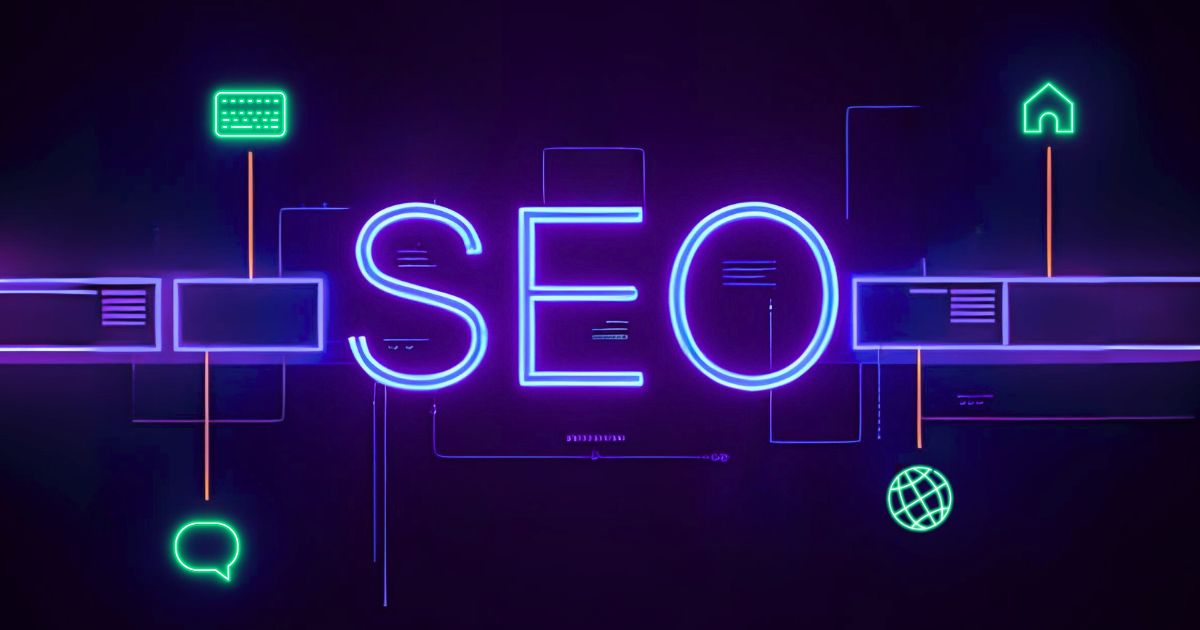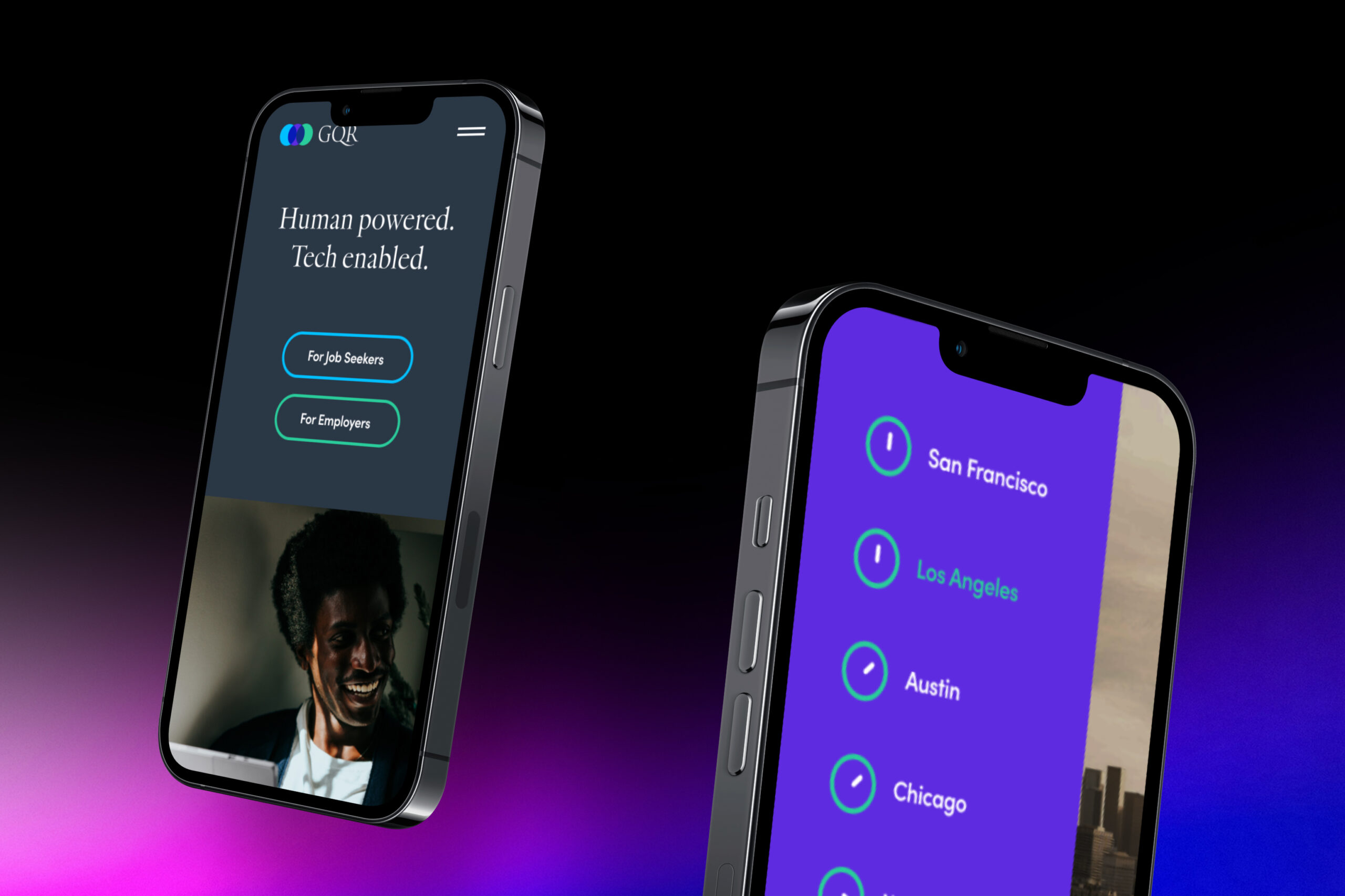In the health and wellness industry, credibility isn’t just important—it’s everything. Whether you're marketing a holistic clinic, a supplement brand, or a fitness platform, SEO for wellness brands plays a critical role in earning trust, driving visibility, and fueling business growth.
However, these brands operate in one of the most scrutinized categories in search. Google classifies this as “Your Money or Your Life” (YMYL) content—meaning it directly affects someone’s health, finances, or safety. As a result, it’s held to a higher standard than almost any other industry.
So how do you build a search strategy that’s both resilient to algorithm updates and ready for the AI age? At Blennd, we help health and wellness brands do just that. Here’s how.
1. Build Trust First: How to Show Expertise and Authority
E-E-A-T stands for Experience, Expertise, Authoritativeness, and Trustworthiness—and it's foundational to SEO for wellness brands.
How to put it into practice:
- Highlight the credentials of your content creators (e.g., RD, MD, LCSW).
- Add detailed author bios and link to their LinkedIn or published work.
- Implement schema markup like
Person,MedicalEntity, orReviewto reinforce credibility for search engines. - Include references to reputable sources (.gov, .edu, or peer-reviewed studies).
Google’s own Search Quality Evaluator Guidelines emphasize the importance of helpful, expert-driven content—especially in YMYL industries like health and wellness.
The takeaway? When you're talking about someone’s health, your brand needs to show your receipts—both to your users and to Google.
2. Own the Conversation: Build Topical Authority in Wellness SEO
Ranking for one keyword isn’t enough. To truly compete, wellness brands need to become recognized sources around entire topics.
Let’s say you sell gut health supplements. Instead of chasing generic product keywords, you could build an entire content ecosystem around:
- “What is leaky gut?”
- “Best foods for gut inflammation”
- “Gut-brain connection explained”
- “Signs your gut microbiome is unbalanced”
By creating clusters of interconnected content, you increase relevance, boost internal linking, and make it easier for Google to understand your expertise.
We use AI tools, alongside our in-house SEO strategists, to identify topic gaps and build comprehensive content strategies tailored to your brand goals.
3. Local SEO for Wellness Clinics and Health Businesses
Whether you run a wellness spa, functional medicine clinic, or chiropractic office, local SEO is non-negotiable.
What works:
- Fully optimized Google Business Profiles, with service categories, hours, Q&A, and regular local posts.
- Dedicated location-specific landing pages with customized content—never duplicates.
- Encourage first-party reviews and respond to them consistently.
- Local link building from directories and wellness-specific platforms (like Zocdoc or Wellness.com).
Strong local SEO not only helps you show up in map results, but it also builds authority in your region and drives foot traffic.
4. Get Technical: SEO Infrastructure That Supports Wellness Content
A beautiful front end means nothing without a strong technical foundation. That’s especially true in health and wellness, where load times, accessibility, and content structure play into both rankings and user experience.
Prioritize:
- Core Web Vitals (site speed, responsiveness, visual stability)
- Mobile optimization and ADA compliance
- Structured data for
FAQPage,HowTo,Product, andLocalBusiness - A clean crawl structure that allows search engines to find your most important content—fast
5. Using AI to Scale SEO for Wellness Brands
Let’s be clear: AI is not a substitute for medical expertise. But it is an incredible tool for scaling content creation, streamlining strategy, and personalizing UX.
Smart ways to use AI in wellness SEO:
- Generate topic outlines, SEO briefs, and metadata (always reviewed by experts)
- Identify ranking gaps and cluster opportunities
- Power internal chatbots that assist with user questions and reduce bounce rates
- Optimize for voice and conversational search (e.g., “How do I sleep better naturally?”)
The best SEO strategies in 2025 will be human-guided and AI-supported, not AI-reliant.
6. Stay Resilient: Algorithm-Proofing Your Wellness SEO Strategy
Every wellness brand should expect volatility from core Google updates—especially if content isn’t grounded in trust and expertise. But forward-thinking brands can prepare by:
- Monitoring keyword movement post-update with tools like GSC, Semrush, or Looker Studio
- Personalizing content experiences based on user behavior (e.g., “Because you read about hormone health, try this article on cortisol balance”)
- Building first-party data systems through quizzes, email opt-ins, and behavior tracking
Organic search isn’t just about visibility anymore. It’s about delivering value to the right user at the right moment, in a way that builds trust over time.
Final Takeaway
Search isn’t static—and your SEO strategy shouldn’t be either.
Health and wellness brands have a unique opportunity to rise above generic content and misinformation by leading with expertise, empathy, and smart technology. Whether you’re launching a new product, expanding a clinic, or scaling your content library, a future-proof SEO strategy is what turns interest into impact.
At Blennd, we help health and wellness brands build search ecosystems that last. If you’re ready to elevate your SEO with clarity, creativity, and trust at the core—let’s talk.




